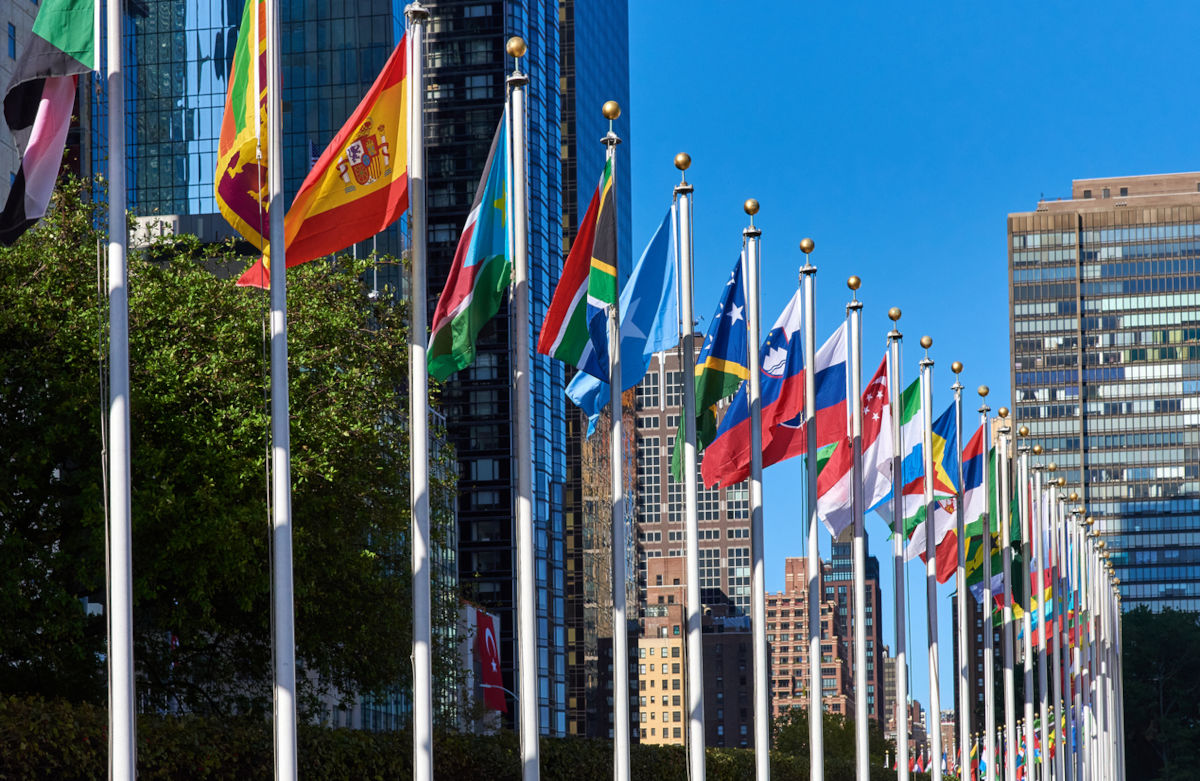Insight Focus
- December’s COP28 Dubai summit may be tricky.
- Nations will need to carry out a Global Stocktake of climate action progress.
- The recent mid-year meeting was dogged by disagreements.
Delegates from more than 190 nations have wrapped up their annual two-week summer meeting in Bonn to progress work on implementing the Paris Agreement, with many stakeholders predicting a rocky road at December’s annual UN COP summit.
The two-week talks – formally known as the 58th meeting of the subsidiary bodies to the UNFCCC (SB58) – were meant to lay the groundwork for the COP28 Dubai summit, which this year will feature a key milestone under the Paris Agreement.
This December, nations are required to carry out a “Global Stocktake” of progress in combating climate change over the previous five years, and to ratchet up their ambition for the next five-year cycle. Typically, this will involve countries submitting improved Nationally Determined Contributions (national emission cutting targets) with the goal of achieving net zero emissions by the middle of the century.
The SB58 meeting was dogged by a fundamental disagreement that began at the opening session. Before the meeting a group of developed countries had tabled an agenda item requiring delegates to discuss emission mitigation ambition and an implementation work programme to scale up the scope of reductions.
This proposal was opposed by a large group of developing countries, who argued that additional emissions-cutting ambition had to be backed up with financial commitments from wealthier countries. In response, developing countries tabled an agenda item calling on developed countries to deliver the long-promised $100 billion a year in climate finance.
The row rumbled on for two weeks and was only resolved on the penultimate day of the talks when both items were left off the meeting plan.
Elsewhere in the talks there was little progress to celebrate. Delegates were tasked with agreeing on a host country for a consultation system on addressing loss and damage due to the impacts of climate change, but failed to come to a conclusion.
Countries also failed to advance talks on a Global Goal for adaptation, and made only minor progress on the structure of this year’s Global Stocktake.
However, more technical talks on the framework of the UN’s new carbon market produced a slightly better result.
These discussions are proceeding on two parallel tracks. The first deals with Article 6.2 of the treaty, which establishes the legal basis for trading emission reductions between countries, while the Article 6.4 track is tasked with creating an international market for emission reductions carried out by project-based investments.
The two Article 6 tracks do have plenty of overlap, since both nation-based and project-based emissions trading will require many similar institutions and structures.
However, the Article 6.4 talks are also dealing with some fundamental issues of their own, particularly separate definitions of what carbon credits represent: emission avoidances, emission reductions and emission removals, while a category of “conservation enhancement” activities is also being discussed.
Technical delegates discussed the legal distinction and differing treatment between emission reductions used to meet countries’ NDCs and those that are used in other markets, such as the voluntary market or the aviation compliance market.
The latter, which are being referred to as “Article 6.4 mitigation contributions”, “may be used for results-based climate finance, domestic mitigation pricing schemes, or domestic price-based measures, for the purpose of contributing to the reduction of emission levels in the host Party.”
Specifically, they cannot be used or traded under the Article 6.4 mechanism. Instead, they can count towards a host country’s NDC, or can be sold through non-article 6 mechanisms.
These highly technical issues are likely to take up to three more years to fully work out, at the end of which the UN will be able to provide guidance to countries on how they can best implement the carbon market to help meet their NDC targets.







